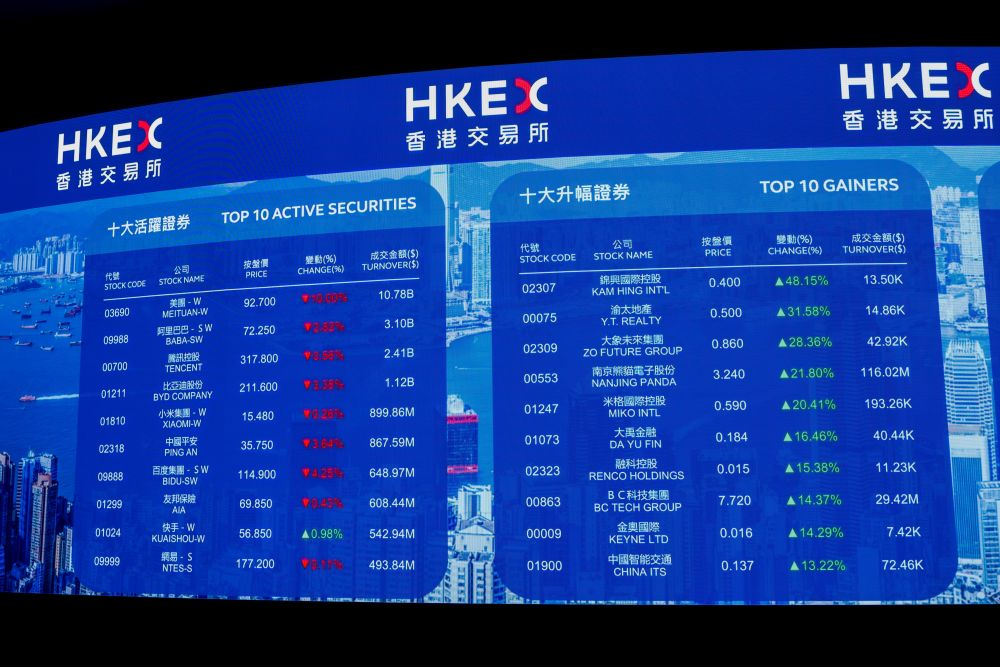The Asian G3 bond market sustained its strong issuance activity in the first half of 2020 amid the Covid-19 pandemic on the back of the bond-buying programme implemented by the US Federal Reserve.
Figures supplied by Refinitiv show G3 bond issuances out of Asia, outside of Japan and Australasia, during the January-to-June 2020 period amounted to US$187.67 billion, only 2% down from the US$191.47 billion recorded in the corresponding period a year earlier. This was the second-strongest, first-half bond issuance activity in the region since 2010. In June alone, the volume of issuance totalled US$35.51 billion, compared with US$41.87 billion in the same period a year earlier.
In his review of the G3 bond market for the first half of the year, Conan Tam, head of Asia-Pacific debt capital markets at Bank of America, says the benefits of central banks pumping liquidity into the bond market has certainly benefited funding costs for the Asian borrowers. He notes that with the Treasury yields where they are at the moment, it is a very opportune time for issuers to look at locking in long-term capital.
Chinese issuers continued to dominate the Asian G3 bond market during the first half of the year with total issuance of US$76.90 billion, but this represented a marked decline of 24.2% from the US$101.42 billion recorded in the same period a year earlier. First-half 2020 issuance, though, was offset by the higher issuances out of Hong Kong, the Philippines, Indonesia and Malaysia, whose issuers took advantage of investors’ appetite for stronger credit.
One of the themes noted during the first half of this year was the ability of issuers to arrange bigger, in terms of size, and longer, in terms of tenor, deals when accessing the bond market. For instance, Chinese multinational conglomerate Tencent Holdings printed a US$6 billion offering in May, which included a 30-year tranche amounting to US$2 billion and a 40-year tranche at US$750 million.
Malaysia’s national oil and gas company PETRONAS also raised long-term capital when, in April, it likewise priced a US$6 billion deal that garnered one of the largest order books ever for an Asian issuer by reaching US$37 billion, or a 6.2 times oversubscription ratio. That transaction comprised a 10-year tranche amounting to US$2.25 billion, a 30-year tranche totalling US$2.75 billion, and a 40-year tranche at US$1 billion.
The Republic of Indonesia (RoI) did even better in terms of maturity as it priced, in April, the first-ever 50-year bond from an emerging market sovereign issuer. Overcoming the global financial market uncertainty in the wake of the virus outbreak, RoI printed a three-tranche transaction totalling US$4.3 billion in its largest-ever fund-raising exercise. The deal consisted of a 10.5-year and a 30.5-year bond amounting to US$1.65 billion each, and a 50-year bond totalling US$1 billion.
In addition to the trend of bigger-sized and longer-tenored deals, the bond market, following its re-opening in April, after a big drop in issuance activity in March, manifested a consistent and pretty strong recovery in terms of the new issue premium that issuers have had to pay. According to Tam, from a high of 20bp to 30bp, if not more for some borrowers and sectors, deals are now being priced at fair value or, in some cases, significantly inside fair value.
Also contributing to the decline in the overall Asian G3 bond market issuance in the first half of 2020 was the sharp decline in the high-yield bond volume, which dropped 34.1% to US$34.62 billion, compared with US$52.51 billion in the January-to-June 2019 period. The decrease came even with the strong deal flow in June when a volume of US$6.95 billion – the largest ever for this month since 2010 – was recorded. Issuance out of China in the first half of the year plunged 47.1% to US$18.93 billion from US$35.75 billion during the same period of 2019, offsetting the increases reported in Hong Kong and Indonesia.
As Tam explains, the lower volume was not due to lack of demand for high-yield paper. Clearly, a large part of this sector comprises Chinese property companies that have recovered very quickly. The property high-yield curve is a little bit more extended and defined, and more liquid, for investors to play in. Demand for credit has been strong, and pricing has been attractive for issuers. But having said that, Tam points out that the National Development and Reform Commission's requrements on the use of proceeds for refinancing were a factor in lowering the level of activity.
Non-property high-yield sectors in China, on the other hand, have been impacted heavily by illiquidity and by the Covid-19 pandemic as certain businesses have not been able to recover from the virus outbreak.









